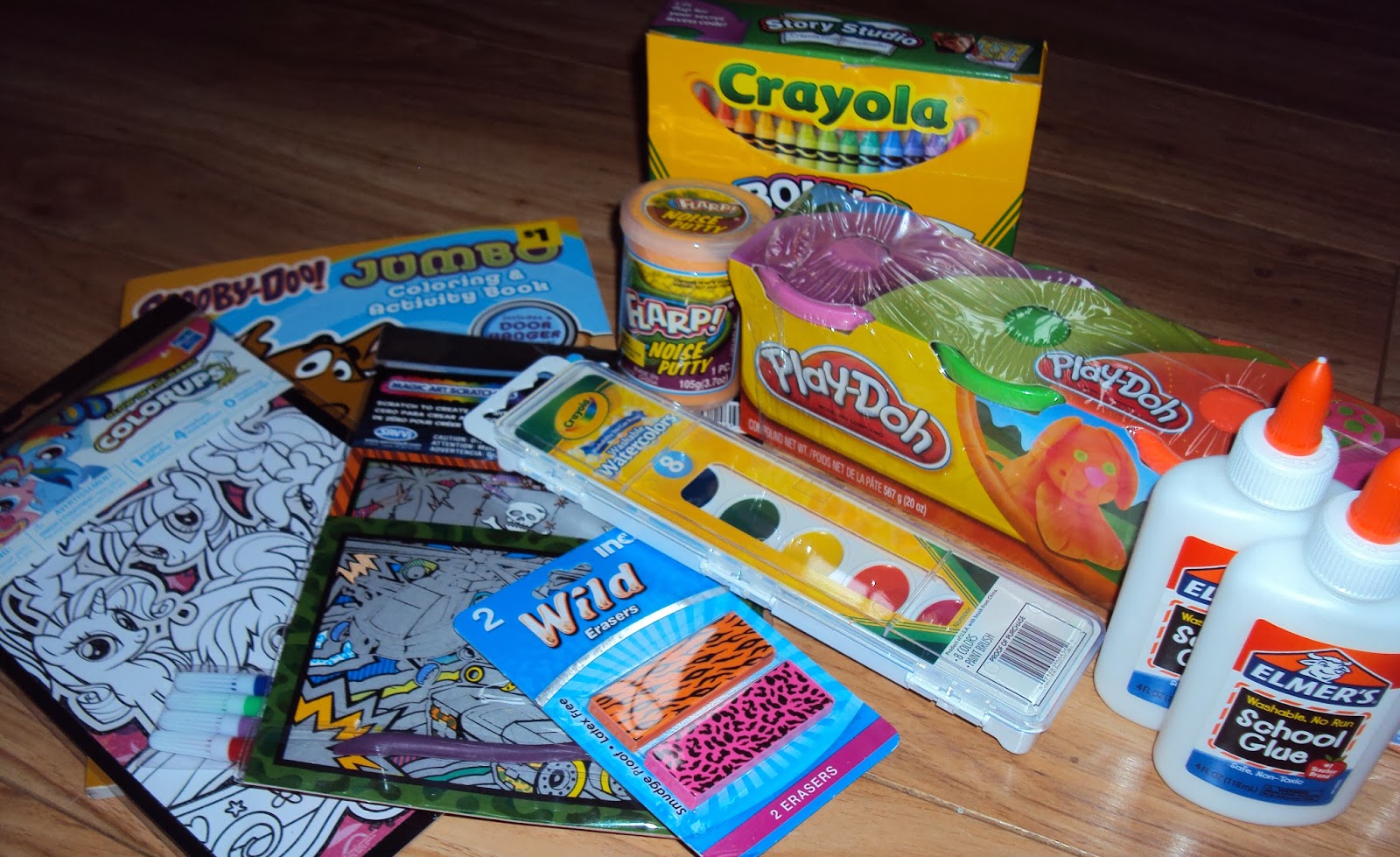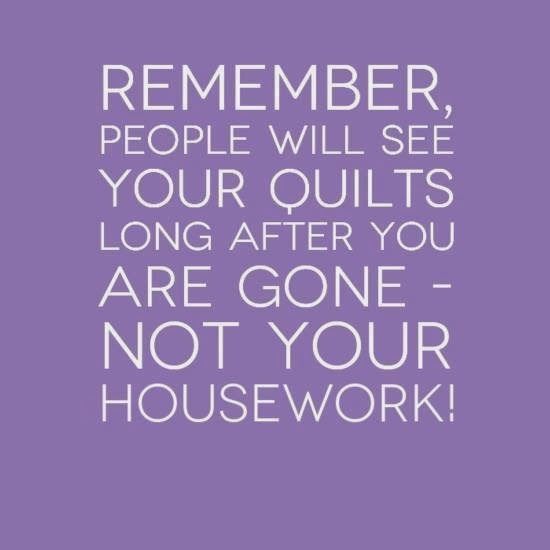Last week I read this
article on the subject of pattern buying and sharing. While I agreed with the majority of it, there were a couple of things about it that just didn't set right with me and I wanted to give my non-professional, non-legal opinion about it.
My only experience with intellectual property and copyrighting comes from my previous job at a Christian company which, among other things, published books. They published several versions of the Bible, as well as commentaries and study aids, like Vines. Did you know that after a work has been in print for 100 years, it becomes public domain? So when my company printed their Vines, they did not have to pay royalty. The same with several versions of the Bible. Perhaps that's why companies keep producing updated versions? Anyway, if we bring that philosophy into the quilting world with us, then certain quilt blocks, just by nature of being around forever, cannot be claimed as intellectual property. Take the churn dash, for example. Someone could write a pattern for a quilt using the churn dash block, but they cannot claim intellectual property of that block, nor can they sue anyone who makes a churn dash after it's publishing date of copyright infringement. It's public domain by now. That doesn't mean no one should ever publish a pattern with a churn dash block, in fact, Camille did in her
Simply Retro book. There's nothing wrong with her or anyone else publishing a churn dash pattern, but neither is there anything wrong with someone making that block without buying a pattern.
Now, I'm going to go off on somewhat of tangent. In January of 2012, Blue Elephant Stitches wrote a tutorial for what became a wildly popular block called the
Granny Square. I, and thousands of other quilters, loved this block and made quilts from it.
Here is a link to mine. Bee in my Bonnet has just published a book entitled
Great Granny Squared. I can only judge from the pictures, but she seems to take the basic block and show it in a multitude of ways - different numbers of rows, on point versus not, different sashings, etc. Lori of Bee in my Bonnet has produced a huge number of very unique patterns and several fabric lines that I just love - she's a very accomplished designer. But the issue of the granny square block is muddy now to me. If I see a picture from her book and decide I want to do that exact thing to my granny square quilt, it's a no brainer that I should buy the book. But every member of the quilting community can claim some level of creativity, so who is to say that someone else might have the same idea without even seeing her book. Or what about the person who decides this year to start quilting? Might she (or he) see the book first and think they cannot make any form of the granny square block without buying the book, when in fact, it was first provided to the public by Blue Elephant Stitches? I'm not even sure what my point is, other than maybe the tone of the article would cause a person to think all granny square quilt makers from now on should buy the book, and not only do I not agree with that, I don't even think that was Ms. Holt's intention. She provided multiple creative treatments to the block and wanted to share them with us.
But back to the article, which stresses that we should buy a pattern, no matter how simple. And that's where she lost me. Because some things are so basic that you simply can't claim intellectual property of them. Take for example
this pattern - squares set on point with sashing and a border. If you are new to quilting and want the instructions for adding sashing and setting triangles, then I'm very glad someone has provided that for you. But you can't claim intellectual property of the square - you just can't. Two years ago, I shared
some squares on point with sashing that will have a border - I had never seen this pattern before today when I went searching for an example to make my point. You can't claim that I should have bought that pattern if I was going to make that quilt. So, no, I will not buy a pattern no matter how simple. I will assume when someone publishes a pattern that simple, they do so with the understanding that it's mostly going to be the novice interested in purchasing it and with the understanding that countless others are going to have a similar, maybe even exact, idea without ever seeing their pattern.
Of course I agree with the rest of the article. When we see a new idea in a pattern and copy it by sight just because we have the math and quilting skills to do so, we are stealing their idea. If the pattern designer brings the idea to us, we should reward their creativity by purchasing their pattern rather than stealing it. And, come on, we spend hundreds of dollars on fabric - we can spot the $8 - $10 that most quilt patterns cost.













